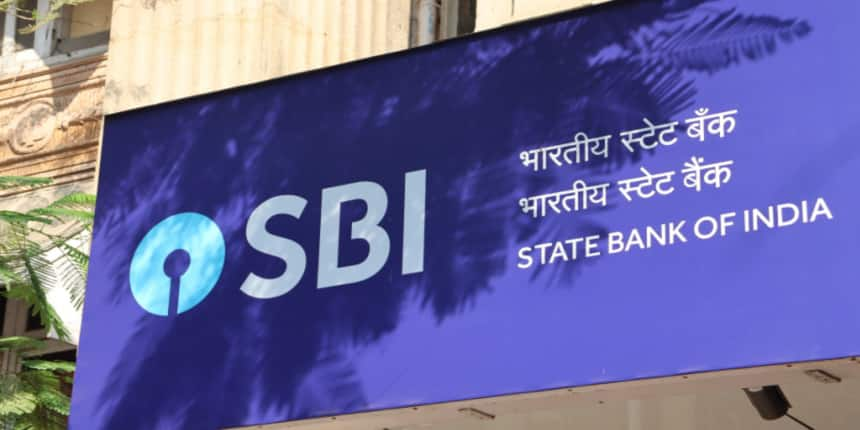MOD Scheme Full Form
What is the full form of MOD Scheme?
The SBI MOD Scheme stands for SBI Multi Option Deposit Scheme. Linked to the individual savings or current account, these are a type of term deposit. Anytime one needs money, they can liquidate a regular term deposit, although there are fees involved. On the other hand, the depositor can withdraw money whenever they need it from their SBI MOD account in multiples of Rs. 1000. The SBI MOD account's remaining balance will continue to accrue interest at the rate in effect at the time of the first deposit.
- What is the full form of MOD Scheme?
- In the SBI MOD Scheme, who may invest?
- The SBI MOD Scheme's features?
- What is Difference Between MOD and Available Balance

An SBI Multi Option Deposit Account can be opened online by going to the SBI portal or offline by going to the branch.
In the SBI MOD Scheme, who may invest?
The following individuals qualify to invest in the SBI MOD Scheme:
Single or joint minor residents acting on their own behalf through their Guardian Karta of a HUF (Hindu Undivided Family) firm
Company
Local Bodies
any department of government
The SBI MOD Scheme's features?
The SBI MOD Scheme's salient characteristics are listed below.
Investment terms: You can invest in this scheme for a minimum of one year and a maximum of five years.
Account Type: The SBI MOD account is a type of term deposit account, sometimes known as a special term deposit account (STD).
A term deposit of at least Rs. 10,000 must be made in order to start a MOD account. However, this programme does not have a cap on the amount that can be invested. To calculate one's expected returns from the SBI MOD Scheme, use an FD calculator.
Interest Rate: The interest rates offered for the SBI MOD plan are comparable to those for term deposits with the bank. The current interest rate range for term deposits is between 5.00% and 5.30%. Seniors receive preferential rates, which are 0.50% higher than the rates for normal deposits. Before you invest, compare the interest rates on fixed deposits offered by various institutions.
Nomination Process: Under this plan, depositors can designate their beneficiaries.
Tax: Interest on a fixed deposit account with a monthly distribution is subject to tax. The tax rate is also influenced by the rates of the various income tax slabs. Additionally, interest earned on more than Rs. 10,000 in a fiscal year is subject to TDS.
Loan against FD: One may also take out a loan against their MOD account, which is an added benefit. Therefore, this is done to assist depositors in meeting their liquidity needs.
What is Difference Between MOD and Available Balance
The feature known as MOD Balance is used to transfer excess funds from a customer's account to fixed deposits.The term "available balance" refers to the amount that can be withdrawn from an account.
Due to the bank taking them away in the event of excess money, these sums are not available for immediate or urgent use.These components are accessible for utilisation right away and urgently.
The qualifying requirements for Multi-Option Deposit applications are the same as those for Fixed Deposit applications. No eligibility requirements apply; all account holders have access to these sums.
Frequently Asked Questions (FAQs)
Yes, there is a deadline for creating an online e-TDR or e-STDR between the hours of 8:00 a.m. and 8:00 p.m. IST. Any requests made after this time will be scheduled for the following opening times.
When opening the e-TDR or e-STDR, the account holder can add the nominee (MOD). Additionally, they will have the choice of keeping the same nominee for the MOD account as is listed in the savings or current account used to fund the MOD.
No, only the savings or current account will get the maturity amount or the amount due before maturity.
To generate MOD account advice, one should log in to SBI internet banking. Select the "My account and Profile" tab after logging in. Click "click here for the last 10 transactions" after choosing "Deposit Account." After that, select "View e-TDR/e-STDR under MOD." It will open a new window with the MOD advice or receipt in it. It can be downloaded and saved as a PDF.
The Available balance is the amount of money you have available for purchases and withdrawals.

